On certain hot, windless afternoons in the American desert, the ground itself seems to hold a note. Hikers pause on a steep dune slope, a sheet of sand shivers downward, and a low, velvety tone swells from the hillside like a distant pipe organ. The sound is startling because it feels alive – steady, rich, and surprisingly directional, rolling across the valley in waves. Scientists long treated it as a curiosity, but breakthroughs in granular physics have turned the mystery into a testbed for big ideas about how simple materials self-organize. The dunes, it turns out, aren’t merely scenic; they are natural laboratories that sing when grains of sand learn to move in unison.
The Hidden Clues
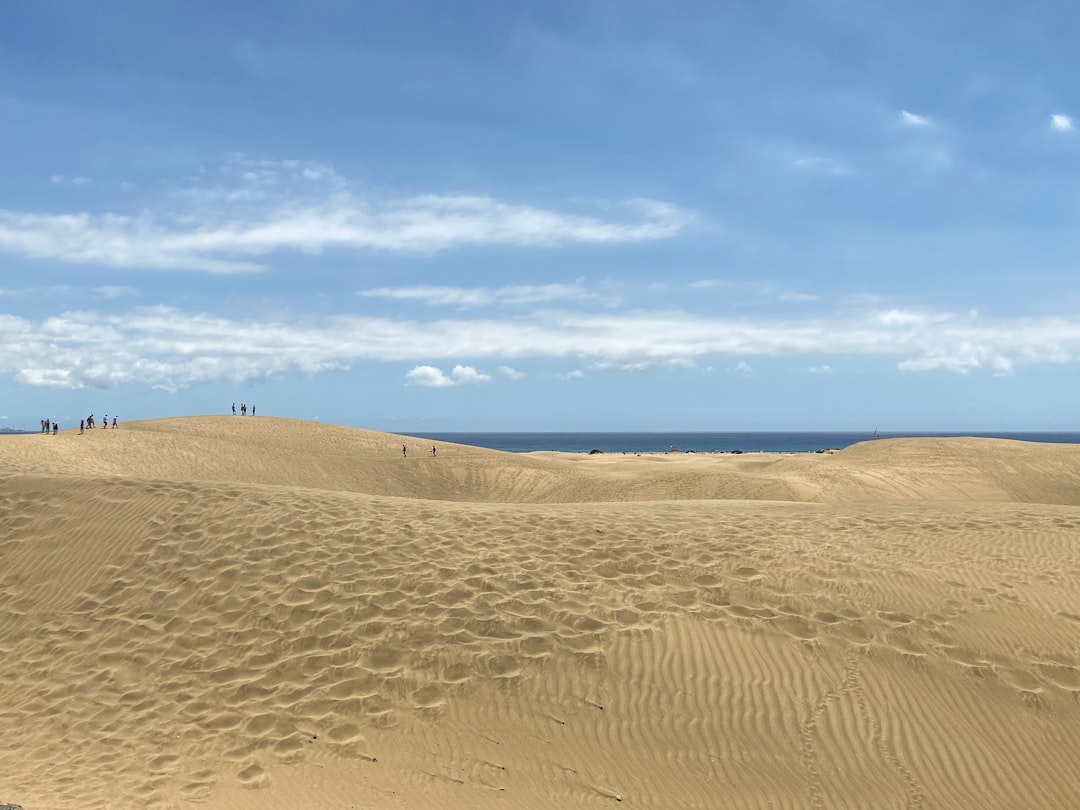
Here’s the surprise: the dune’s voice doesn’t come from the wind at all – it comes from sand sliding under its own weight. When a dry avalanche begins on the steep, downwind face of a dune, individual grains start to collide and drag past one another, and for a few lucky dunes those tiny impacts synchronize. That coordination amplifies a narrow band of sound that we hear as a sustained hum, often close to a baritone’s low A, roughly one hundred cycles per second. The dune acts like a resonant body, guiding the sound along the slope and into open air, which is why the tone can feel eerily focused rather than random.
Field teams in the Mojave and the Rockies use these clues to predict when a dune is likely to perform. Dry heat matters, as does a patch of well-sorted, rounded sand perched near the angle of repose. Kick off a small slide on the slipface, and if conditions are right the dune answers with a note that rises from a murmur to a room-filling chord. No orchestra, no electronics – just gravity, friction, and a million grains learning to keep time.
From Ancient Notes to Modern Science
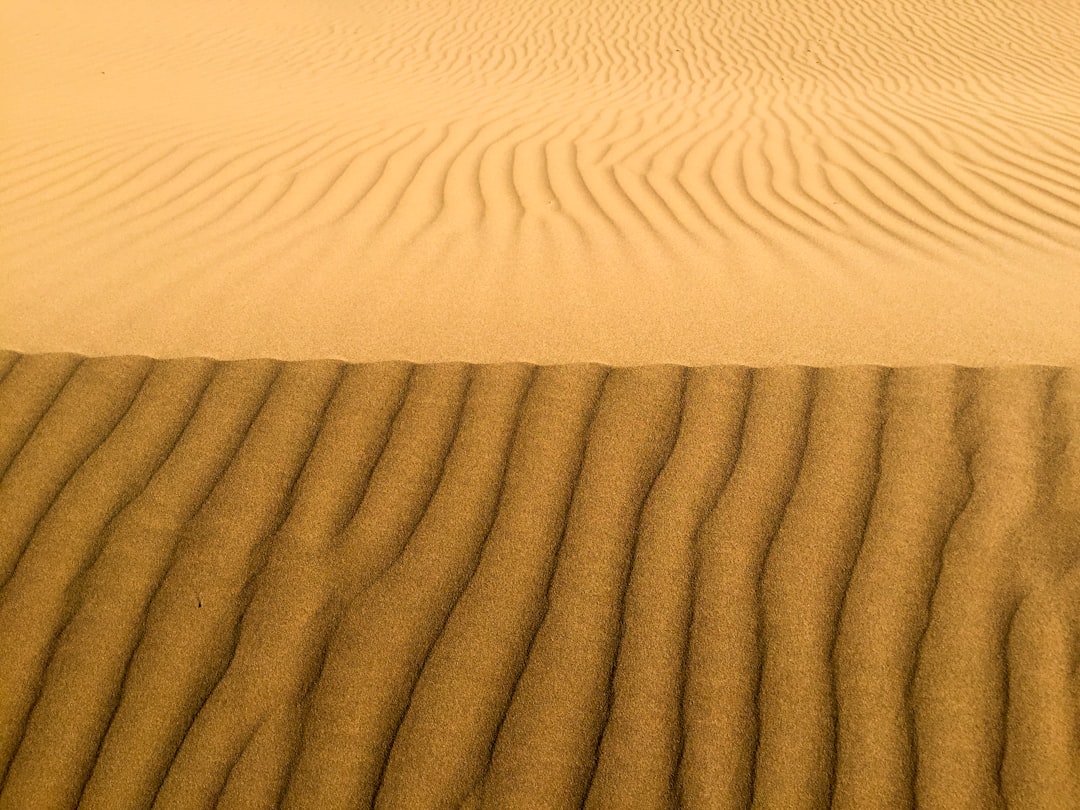
Travelers across great deserts have written about mysterious desert music for centuries, but modern explanations waited for careful experiments. Early desert researchers cataloged which dunes sang and which stayed silent, noticing that only certain slopes seemed primed to boom after long dry spells. Later, physicists built tabletop dunes, shook boxes of sand, and drove controlled avalanches to isolate what truly matters. They found that singing demands unusual uniformity: grains need to be similar in size, smooth enough to slide, and dry enough to avoid clumping.
Those lab setups rewired the conversation from folklore to mechanism. By varying grain size, humidity, and flow speed, researchers could tune the note, much like changing strings on an instrument. The conclusion was strikingly simple yet profound: the sound is an emergent property of moving grains, not an effect of hollows beneath the dune or invisible air pipes. Once grains match their motion, the dune sings; if they fall out of step, the note collapses.
The Physics Under the Hum
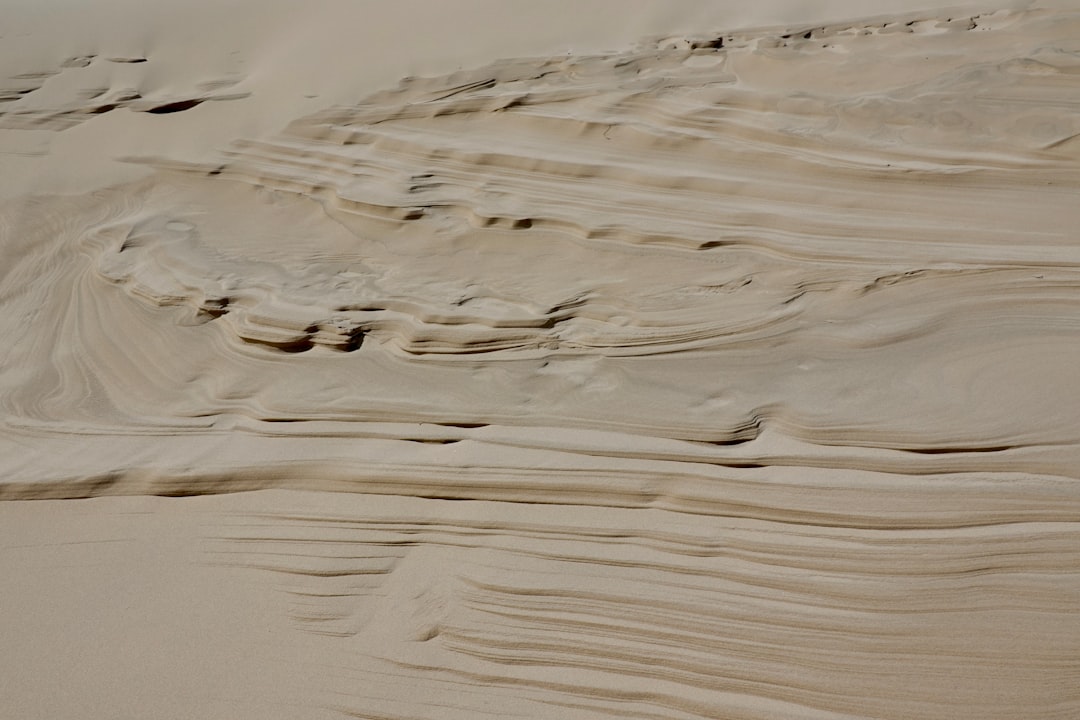
The core of the phenomenon sits in a thin, shearing layer where the avalanche is most active. Each grain rubs, bounces, and plows into neighbors, launching pressure pulses into the sand bed below. Under the right conditions, those pulses lock into a common rhythm – think of metronomes clicking into sync on a shared platform – and the dune amplifies the beat. The surface acts like a waveguide that traps and channels sound, while the thickness and stiffness of the dry layer set the resonance.
Frequency depends mainly on grain size and how quickly the avalanche slips. Finer, well-sorted grains tend to sing at higher pitches; coarser grains shift the song lower. Moisture is the tone killer because thin water films glue grains together, smearing out collisions and damping vibrations. Remove that moisture with heat and time, and the instrument tunes itself back to performance mode.
Anatomy of a Booming Avalanche
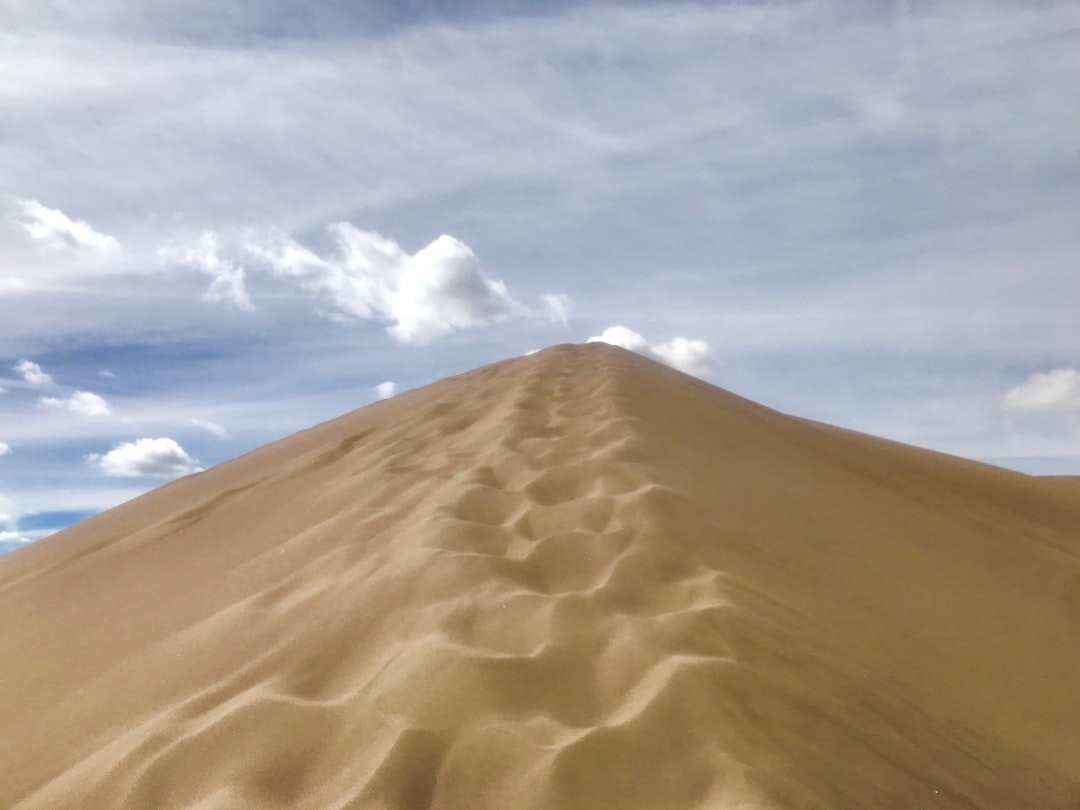
Picture the downwind slipface as a layered stage. On top lies a fragile skin of ultradry grains; beneath it, slightly denser sand that carries vibrations like a guitar top. When your heel or a small slide breaks the skin, a narrow river of sand begins to flow, and the shearing zone starts to sing as grains synchronize. The sound persists as long as the flow remains steady enough to keep collisions in lockstep, sometimes continuing even after the surface movement fades.
A few field-tested ingredients make the difference between silence and song. Grains must be well sorted and rounded to reduce random jamming; the slope needs to hover near its natural collapse angle; and the top few inches must be dry and loosely packed, often after a run of sunny days. If a passing storm adds even a thin film of moisture, the voice goes hoarse until the desert bakes it away. The result is fickle but predictable: when the recipe is right, the dune becomes an instrument you can quite literally play with your feet.
- Typical pitch: often near the musical note around one hundred hertz.
- Best conditions: hot, dry, low-humidity afternoons after extended clear weather.
- Key materials: well-sorted, rounded quartz sands with minimal silt or clay.
Why It Matters

Singing dunes might sound like a natural parlor trick, but they offer rare clarity on how disorder organizes itself. Granular materials sit in a weird middle ground between solids and fluids; understanding their behavior helps explain industrial bottlenecks, grain silos, landslides, and planetary surface flows. Traditional engineering models treat these materials as either smooth fluids or rigid piles, which misses the avalanche layer where most of the action – and the sound – originates. The dunes highlight that small-scale synchronization can dominate what we measure at the landscape scale.
There’s also a practical twist. The note carries information about grain size, surface dryness, and flow speed, suggesting a noninvasive way to read a dune’s state. Compared with drilling or coring, listening is gentler and faster, and it scales from hand-held microphones to seismic sensors buried beneath the sand. In science, a simple, measurable signal from a messy system is gold – especially when it can be captured by inexpensive gear and decoded in the field.
Global Perspectives

America’s best-known singers include California’s Kelso Dunes, Nevada’s Sand Mountain, Colorado’s Great Sand Dunes, and the remote Eureka Dunes in Death Valley. But the chorus is global: some dunes in the Sahara and Namib also boom, and coastal “singing sands” beaches squeak underfoot for related but faster, higher-pitched reasons. The unifying theme is grain-scale order emerging from wind sorting and long, dry spells, though each site adds its own accent due to mineral makeup and local climate. Not every dune in a field will sing, even next to a loud neighbor, because subtle differences in grain size or crust thickness can break synchronization.
This patchiness is a gift to science. By comparing nearby silent and booming slopes, researchers can isolate what truly matters without changing everything else. That’s a rare experimental luxury outdoors, where variables usually move together. The outcome is a sharper map of the conditions that tune the desert’s voice, from humidity swings to the micro-architecture of the surface.
The Future Landscape
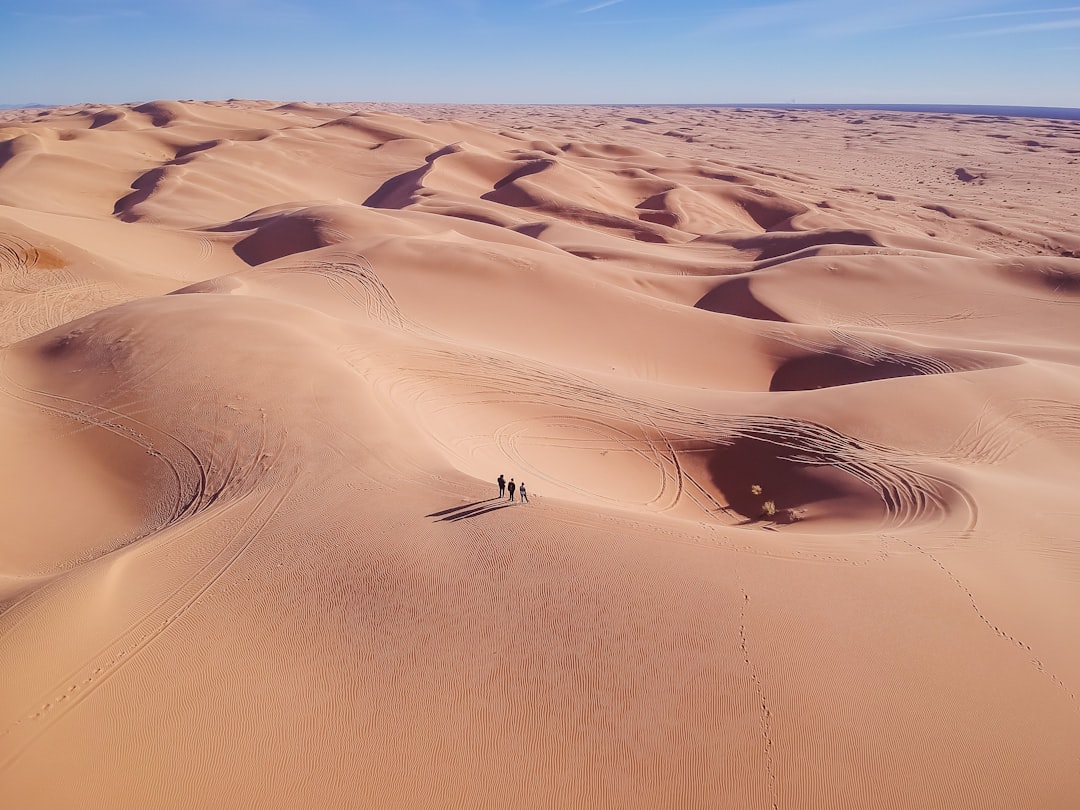
New tools are turning acoustic hunches into hard data. Drones with lightweight microphones can scan a dune face during controlled slides, mapping where the note strengthens or fades, while ground radar and lidar trace the geometry of the slipping layer. Machine-learning models trained on these signals could predict when a dune is primed to sing, or flag subtle shifts in grain-size distributions after storms or visitor traffic. Bundled together, these approaches turn a curious sound into a monitoring system for fragile landscapes.
The challenges are real. Off-road vehicles and heavy footfall can compact the singing layer, and climate shifts may alter the dry spells that tune dunes into instruments. Park managers are experimenting with seasonal closures of steep slipfaces and signage to steer visitors toward durable routes. Add long-term acoustic records to that toolkit, and we can watch a dune’s voice deepen or vanish as conditions change – an early warning for both science and stewardship.
What You Can Do

Playing a dune is tempting, but there’s a right way to listen. If you visit a singing site, stay off the steepest slipfaces unless rangers explicitly allow demonstrations, and avoid large groups that can compact the surface. Choose existing paths, resist the urge to carve new tracks with sleds or boards, and keep back from areas recovering after rain. If conditions are safe and permitted, record a short clip and note the date, time, temperature, and humidity – those details help scientists interpret the sound.
Support the places that protect these natural instruments. Donate to park conservancies, follow Leave No Trace guidance, and encourage friends to treat dunes as living laboratories rather than playgrounds. If you’re an educator or student, consider joining community science projects that archive dune sounds and weather data. The desert is already singing; our job is to keep the stage intact.

Suhail Ahmed is a passionate digital professional and nature enthusiast with over 8 years of experience in content strategy, SEO, web development, and digital operations. Alongside his freelance journey, Suhail actively contributes to nature and wildlife platforms like Discover Wildlife, where he channels his curiosity for the planet into engaging, educational storytelling.
With a strong background in managing digital ecosystems — from ecommerce stores and WordPress websites to social media and automation — Suhail merges technical precision with creative insight. His content reflects a rare balance: SEO-friendly yet deeply human, data-informed yet emotionally resonant.
Driven by a love for discovery and storytelling, Suhail believes in using digital platforms to amplify causes that matter — especially those protecting Earth’s biodiversity and inspiring sustainable living. Whether he’s managing online projects or crafting wildlife content, his goal remains the same: to inform, inspire, and leave a positive digital footprint.




